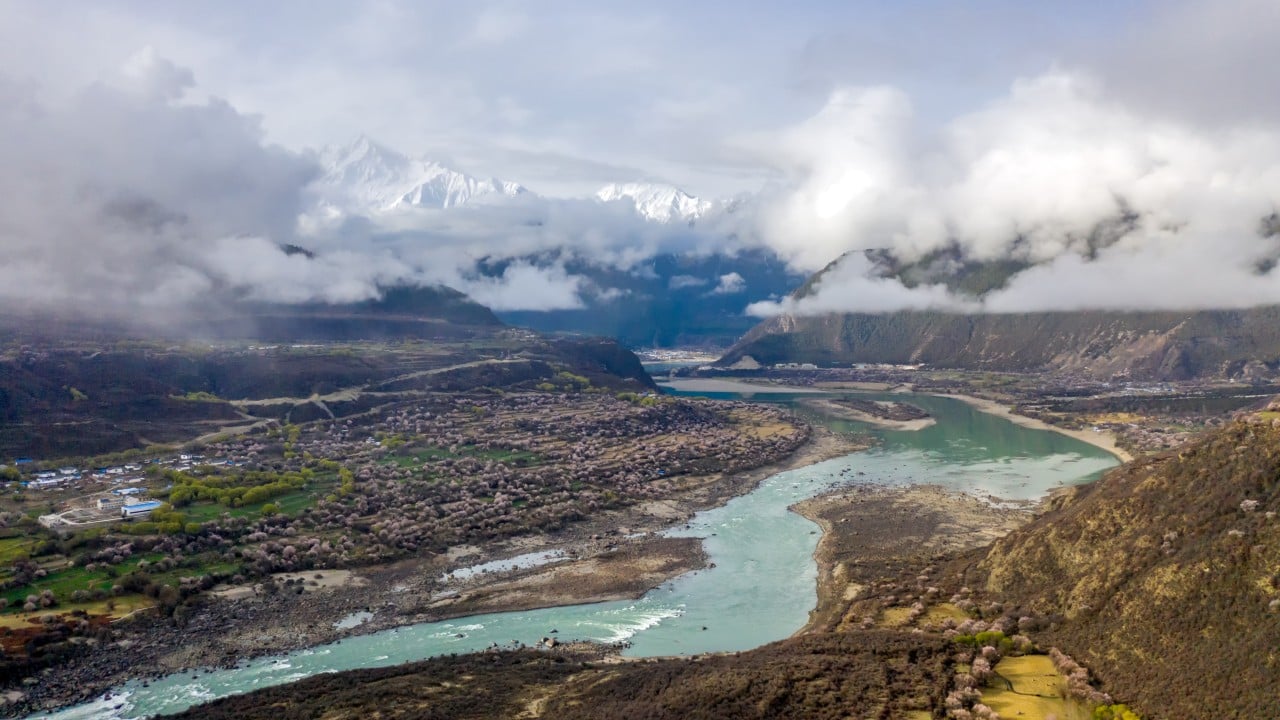China’s mega dam construction on the Yarlung Tsangpo (Brahmaputra) River uncovers the vulnerabilities of transboundary water mechanisms. With India suspending the Indus Waters Treaty with Pakistan and being in the process of reconsidering the Ganges Water Sharing Treaty with Bangladesh, water politics is getting more complicated day by day.
Advertisement
This turn of events has cast doubt on the future of regional cooperation in South Asia. Even though the mega dam is China’s most ambitious hydropower project and a symbol of clean energy and climate resilience, the project has stirred anxious discussions in downstream countries such as India and Bangladesh.
This dam has been hailed as the project of the century and also as a milestone for both technology and the environment. Reports estimate that the dam will produce more than 300 billion kilowatt-hours of power annually. Meanwhile, it seeks to help China achieve its long-term goal of becoming carbon neutral.
It would also add to China’s goal of developing its border areas because of its location on the remote Tibetan Plateau. Besides job creation and industrial migration, this project can bring considerable growth, leading to the expansion of the Chinese economy.
At the same time, downstream states such as Bangladesh and India are concerned about the massive project’s design and its possible effects. While the project is steered towards renewable energy and sustainable development, it will also have a geopolitical impact. This gives the dam the perception of dual influence as it is a stepping stone to development that also has strategic consequences, reflecting the complex narratives shaping South Asia’s water politics in the modern geopolitical landscape.
Advertisement
South Asia is already experiencing a crisis with its transboundary water-sharing architecture, so the timing of the dam’s construction is crucial.

